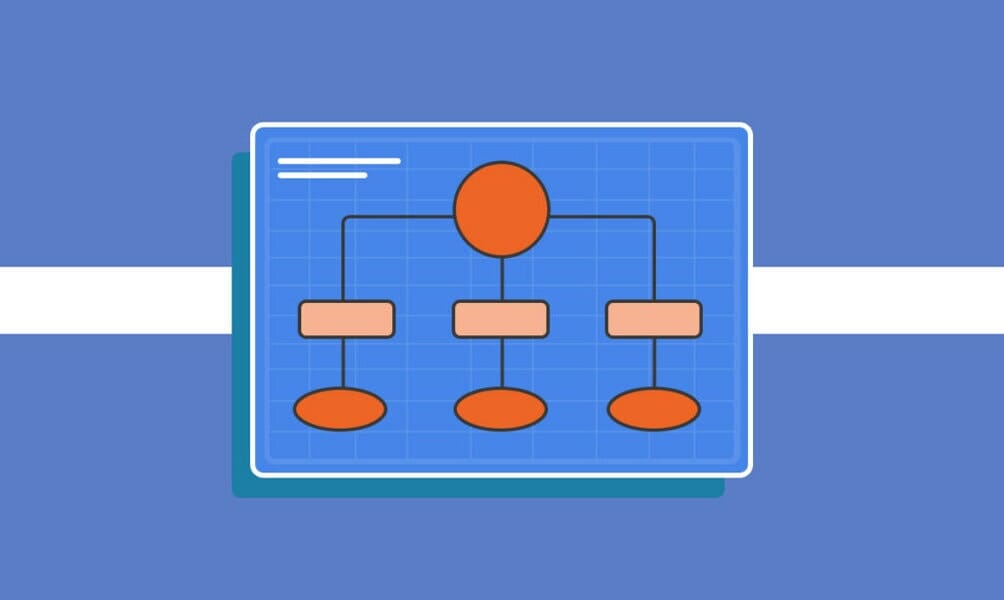In the first segment of our conversation with Vinay Kevadiya, the visionary behind Upmetrics, we explored the platform’s origins and itsunique ...
How to Write the Operations Section of the Business Plan
Written by: Carolyn Young
Carolyn Young is a business writer who focuses on entrepreneurial concepts and the business formation. She has over 25 years of experience in business roles, and has authored several entrepreneurship textbooks.
Edited by: David Lepeska
David has been writing and learning about business, finance and globalization for a quarter-century, starting with a small New York consulting firm in the 1990s.
Published on February 20, 2023

Among the countless tasks involved in starting a business is writing a business plan. Many entrepreneurs who don’t need funding view this as a step they can skip, but that’s never a good idea.
A sharp and detailed business plan is essentially a business owner’s commitment to and preparation for the road ahead, detailing the operations, strategies, and potential growth.
The operations section is the real heart of a business plan, detailing how your venture will operate on a day-to-day basis. Researching and writing this section will prepare you to run your business, structure your operations, and deal with any hurdles.
This guide delivers all the insight you need to whip up a fantastic operations section of your plan.
What Are Operations?
Operations are the assets, processes, and people necessary to keep the business running and making money on a day-to-day basis. They include how the product or service is developed or sourced, what needs to be done for that to occur, and the resources required.
You’ll also detail the activities that need to occur to attract customers, make sales, and deliver the product or service.
Keep in mind that operations are different for every company. If you’re running an online shoe store, for instance, you won’t learn much by examining the operations of a cement manufacturer.
Elements of the Operations Section
The operations section of the business plan has several key elements.
1. Assets Required
Your business’s required assets may include a physical space, such as a shop or office, as well as equipment, vehicles, computers, and other physical assets needed to develop your product and operate the business. List all these assets, the expected cost, and how you’ll acquire them.
2. Product Development or Sourcing
Detail all the steps necessary to produce or acquire your product or service. Include details of your suppliers, how you will acquire products and raw materials, and the estimated cost. If you’re manufacturing products, detail the processes and production oversight plan, as well as costs.
If your product involves technology, detail the stages of development and how you’ll maintain and advance the product on an ongoing basis.
Your goal should be to paint a picture of exactly what will happen on a day-to-day basis to produce a product or service that’s ready to sell, who will be involved, and how much it will cost.
3. Technical Processes
If you expect to use any technical processes, explain them and who will be involved. These could be anything from business process automation and workflow management systems to project management or AI analytics for marketing.
Detail the initial and ongoing costs for any software and hardware used.
4. Marketing and Sales Activities
To clarify, this section will not explain your business’s marketing and sales strategies. Rather, here you detail how marketing and sales will be conducted, who’ll be responsible, and the expected cost. For example, you might have your own internal team or outsource to a marketing agency.
If you plan to hire marketing staff, detail what roles you’ll fill, what they’ll do, and how they’ll be paid. For example, your salespeople may receive a base salary and commissions.
5. Product or Service Delivery Activities
Detail how you will get the product or service to the customer. If you’re selling a product online, describe how products will be shipped and who is involved in packaging products and getting them to the delivery provider.
If you’re delivering a service, detail how this is done and who is responsible for performing the service.
6. Operational Objectives
Finally, you’ll include your operational objectives. These could include:
- Acquiring equipment by a certain date
- Hiring employees
- Short-term production goals
- Engaging with a supplier
It’s important to illustrate that you have specific operational plans and goals that will enable you to meet your overall business objectives.
In Closing
Every business is different, so you may need to include all of the elements described above, or just a few of them. What’s important is that the reader is able to grasp how your company will function on a day-to-day basis.
By writing the operations section, you’ll learn exactly what it will take to keep your business chugging along and bringing in revenue – and that knowledge will likely be invaluable down the road.
Subscribe to Our Newsletter
and gain insider access to cutting-edge business insights and trends.
Featured Resources

Crafting the Perfect Business Plan: A Deep Dive with Upmetrics’ Vinay Kevadiya
Published on October 13, 2023
Read Now

LivePlan Software Review: Features, Cost, Pros & Cons
Published on September 15, 2023
When you’re starting a business, a business plan is essential whether you’re going to obtain financing or not. Creating a business plan helpsyou ...
Read Now

What to Include in Your Business Plan Appendix?
Published on September 13, 2023
Launching a business involves countless tasks, and one of the crucial early hurdles is writing a business plan. Many entrepreneurs who aren’tlooki ...
Read Now
Comments